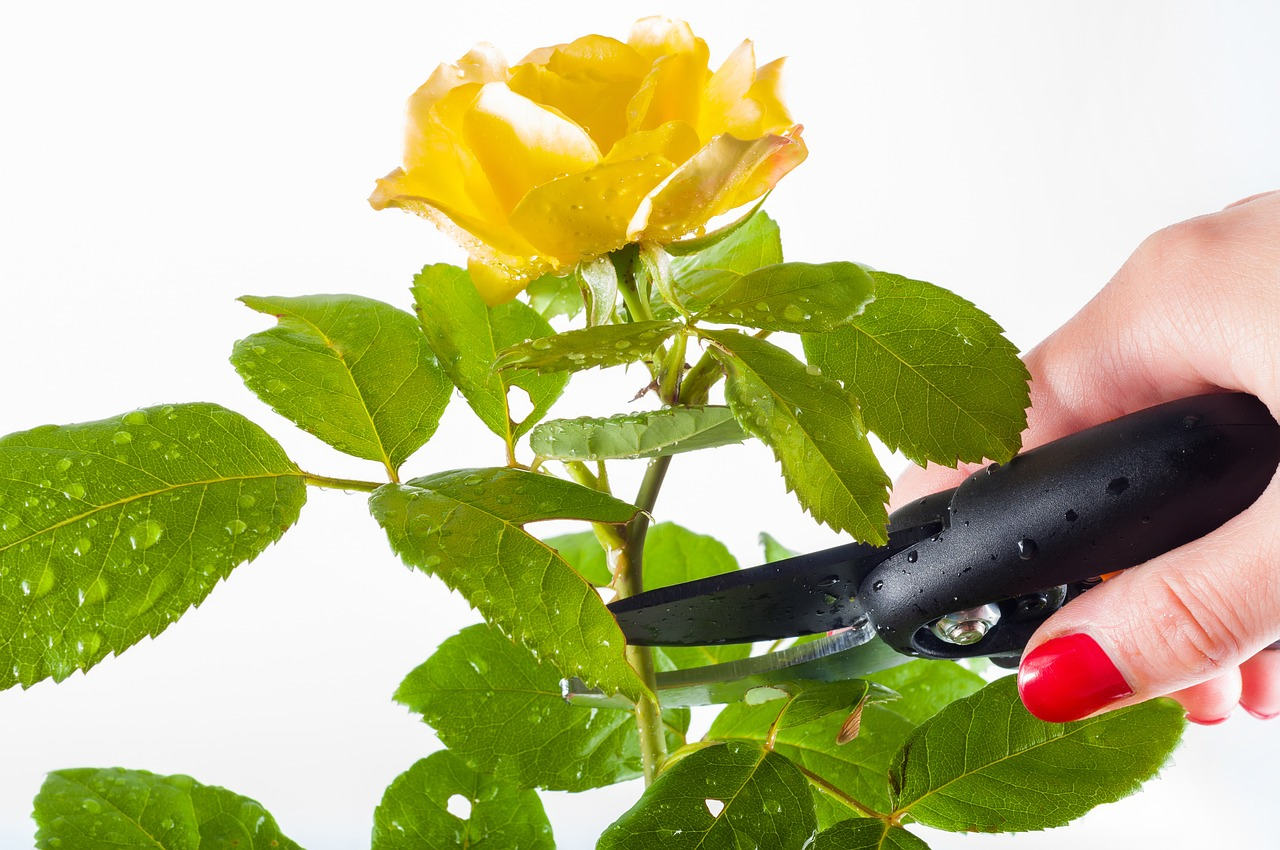
Cutting parts off your plant can seem counterintuitive when what you want is for them to grow. But if you are growing flowering plants, especially those that yield a harvest like tomatoes or peppers, then pruning is an essential step for big healthy blooms and large yields. You don’t have to prune, but it’s easy to learn and will make a big difference in your indoor garden. Take a look at Indoor Cultivator’s tips on how to prune flowering plants.
Which part to trim
When you are pruning your plants, you want to look for large shoots that are dominating the plant. When you see a particular segment that is outgrowing the rest, this portion of your plant is actually using up the majority of the specimen’s energy and nutrition. That means the rest of your plant will suffer. Snuff out these “bully” shoots, and you’ll see better growth from the rest of the shoots below. This is called “topping” the plant. You also want to trim off any dead or unhealthy segments.
To do this without jeopardizing the health of your plant, follow these guidelines. For most indoor plants and hydroponic gardens, a small set of hand shears is sufficient for pruning. You want to make sure to keep the blades sharp and well-honed in order to make clean cuts and reduce damage to your plants. Never rip off branches with your hands, and don’t try to saw them off with a dull or serrated knife. It’s also important to make the cut at the right spot. Whenever possible, trim at the joint where the branch meets the stem rather than lopping off leaves with the bare branch left poking out.
Early on in the growth of your flowering plants, you should trim away the smaller, non-productive branches low on the plant. These segments are unlikely to produce much for your harvest, and they take away energy and nutrition from the more productive branches.
When to cut
We discussed that you should trim the early low branches and top the plant to remove a high, large branch. Other than that, when should you trim? It’s best to keep the trimming to these early stages in your plant’s growth. Once the plant has started flowering, it’s time to put down the pruning shears. Pruning during the flowering stage is a bad idea for your yield. However, if some obviously dead or sick branches are really bothering you, it’s usually okay to take care of these at any stage in growth.
Overall, pruning should be a task you perform only rarely. It is an excellent way to encourage growth, but even intentional branch removal is damage being done to your plants. It's less like trimming a fingernail and more like waxing your legs--there's going to be some irritation. A little damage can kick up healing and growth, but too much of that damage can shock the plant and stall growth. You can provide a light fertilizer, like a compost tea or foliar spray, after pruning to help your plant recover.
Talk to the Indoor Cultivator team about more tips on pruning and increasing the yield from your indoor garden or hydroponic setup.
